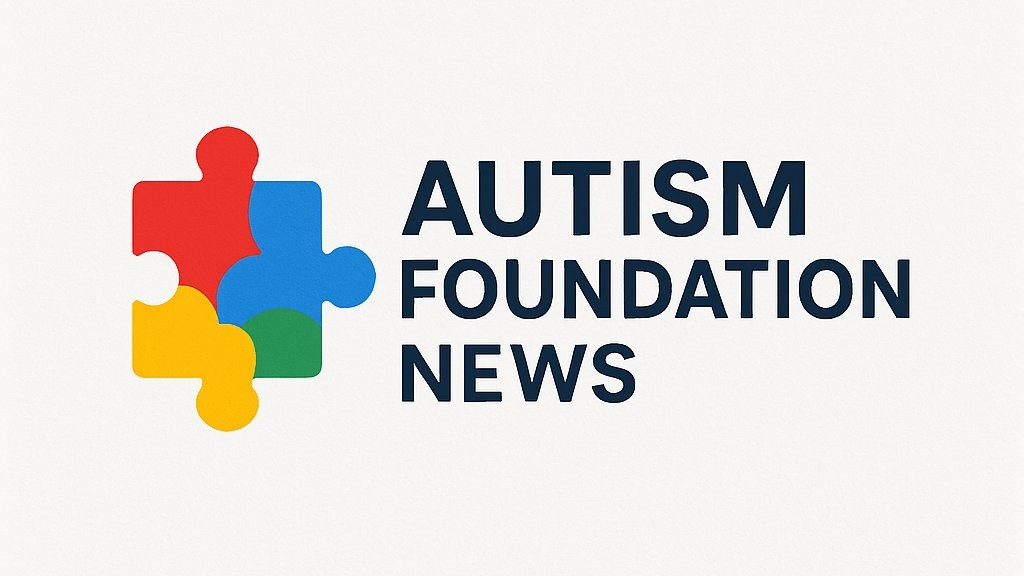
Understanding Mindfulness: More Than Just a Buzzword
In a world bustling with distractions, mindfulness has emerged as a beacon of hope, offering solace and clarity. But what exactly does it mean? While many may perceive mindfulness as a singular practice, it encompasses a spectrum of methods, primarily known as formal and informal mindfulness. Each mode of mindfulness offers unique benefits and can cater to varying lifestyles, making them especially relevant for individuals with autism, their caregivers, and those in supportive roles.
Formal Mindfulness: A Structured Approach
Formal mindfulness practice refers to designated times set aside for structured meditation or mindfulness tasks. This could involve practices like a five-minute breathing exercise, body scans, or walking meditations. The underlying principle is to direct your undivided attention to these practices, focusing solely on the sensations, thoughts, or experiences at hand.
For someone on the autism spectrum, having a specific framework may be beneficial. It offers predictability and a clear roadmap to follow, often mitigating anxiety. Practicing formal mindfulness can potentially improve focus, self-regulation, and overall emotional well-being. Beginners can explore guided meditations, such as “A Simple Practice for Regulating Stress in the Body” or “Loving-Kindness Meditation for Beginners,” to ease into this method.
Informal Mindfulness: Integrating Awareness into Daily Life
On the other hand, informal mindfulness is about weaving mindfulness into everyday activities. It’s a practice that encourages individuals to bring their full attention to minute tasks—be it petting a cat, washing dishes, or even engaging in meaningful conversations. This approach doesn't require additional time; instead, it transforms ordinary moments into opportunities for mindfulness.
This can be especially empowering for those in caregiving roles or individuals with autism. By cultivating an awareness of the present moment during routine activities, one can foster a deeper connection to their surroundings, reducing feelings of overwhelm. Engaging mindfully can provide a sense of grounding, allowing individuals to navigate their environments with more comfort and confidence.
Building Mindfulness: Practical Strategies and Tips
For those looking to implement both formal and informal mindfulness practices, consider these practical strategies:
- Set Intentions: Start by designating specific moments each day for formal practice, such as morning meditations or evening reflections. This establishes a routine.
- Engage with Senses: During informal practices, focus on sensory experiences. If you are brushing your teeth, notice the feeling of the brush against your gums or the taste of the toothpaste.
- Use Reminders: Set gentle reminders—like a phone alarm—to pause and take a deep breath periodically throughout the day.
The Transformative Power of Mindfulness for the Autism Community
For individuals with autism, mindfulness practices can serve as valuable tools for enhancing emotional awareness and social engagement. Implementing both formal and informal strategies may support the development of executive functioning skills and improve overall quality of life. The beauty of mindfulness lies in its versatility; there’s no one-size-fits-all. Experimentation is key. Tailoring practices to fit individual preferences can yield the most significant benefits.
In understanding both formal and informal mindfulness, we not only cultivate a personal haven of awareness but also equip ourselves with tools to navigate the complexities of daily challenges. Let’s embrace mindfulness as a lifelong journey—a practice that adapts and evolves with us.
As you embark on or continue your mindfulness journey, think about where you can integrate this practice into your life. For caregivers and individuals alike, the goal is to foster moments of presence, creating ripples of calm in an often-chaotic world.
 Add Row
Add Row  Add
Add 




Write A Comment